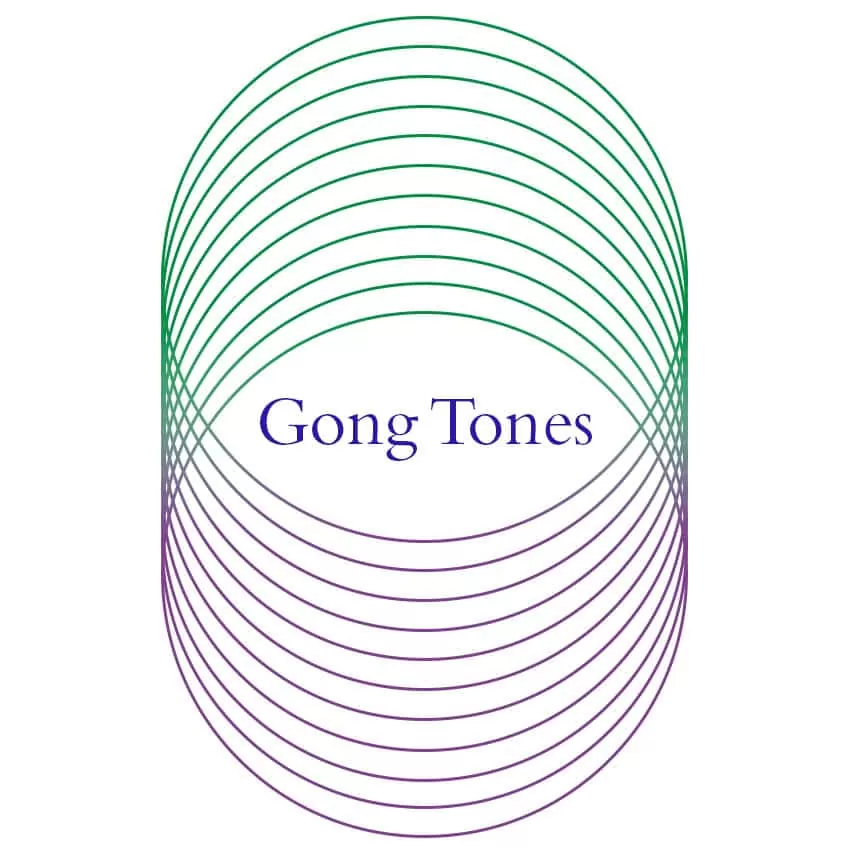
Mental Health Benefits of Gong Meditation as an Evidence-Based Practice
Gong meditation is not an ancient practice. It developed during the late twentieth century. Christopher Cross conducted sound baths using gongs at Woodstock and in Golden Gate Park in San Francisco, California. The body of clinical research data studying sound healing techniques as mental health interventions has gradually increased, but lacks controls and randomized designs. Unfortunately, the two fields (i.e., mental health and sound healing in its various forms) remain to be integrated in the clinical sense. Mental health practitioners view sound healing as quackery. Many sound healers view the use of psychotropic medications as disruptive to one’s energy conscious system (i.e., auric field).
The body of evidence supporting the use of sound healing techniques for mental health and well being is growing. A cohort of predominantly German scientist-practitioners (Jörg Fachner, Sabine Rittner, Johannes Oehlmann) conducted research in the late-twentieth century and their work continues in the twenty first century. Their research findings showed among other things measurable benefits for those suffering from anxiety or stress. More recently, researchers have explored the effects of playing a symphonic gong as an esoteric practice (i.e., sound bath, gong bath, gong wash, gong meditation, etc.) using qualitative methods. The two bodies of literature remain to be successfully tied together in scholarly writings. Dr. Khalsa hopes to lay the foundation for the use of sound in some form as an evidence-based practice for individuals with anxiety. He is also of the opinion that gong meditation in particular may offer therapeutic benefits for other mental disorders.
Research Studying Sound Healing for Mental Health
Dr. Khalsa’s focus is the study of gong meditation for clinical populations using a combination of quantitative and qualitative research methods. Esoteric practitioners often argue that clinical research designs do not represent the practice and are therefore invalid. Research showing a relationship between listening to a recorded gong meditation and decreased trait anxiety could lead to reductions in dosage and/or frequency of psychoactive meditation for individuals with a DSM diagnosis. In order for gong meditation in particular or sound healing more broadly to be an effective intervention (i.e., evidence-based practice), it needs to reliable and repeatable in a consistent fashion. This is where a recorded gong meditation is more useful in terms of research and likely treatment. Public events vary widely in terms of instrumentation, practitioner training and experience, and additional add-on offerings such as yoga, meditation, and breathwork, to name just a few. The limitless variety in public offerings makes it difficult to accurately measure outcome of a specific component (i.e., the gong or gongs).
Gong meditation as a potential evidence-based practice is intended to support healing and wellbeing for those who might otherwise be treated exclusively using prescription medication. Gong meditation therapy represents a non-invasive treatment with few if any side effects. By comparison there are numerous side effects associated with the commonly prescribed anxiety medications. Further research to study the potential therapeutic benefits of gong meditation as an intervention for anxiety could clarify the effects on the human psyche. Adding gong meditation therapy as an evidence-based practice would support its use in clinical settings.
